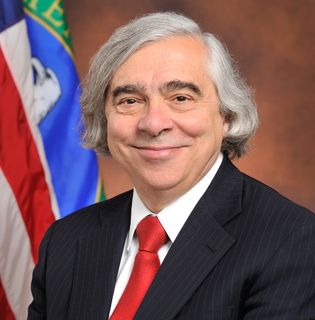It's been a long time since Potomac Edison's outrageous billing failure caused its customers to receive astronomical bills resulting from the company's neglect of its duty to read meters in a timely fashion. The West Virginia PSC investigation and subsequent hearing into the same problem resulted in a requirement that the company switch to monthly meter readings back in 2014.
The judge's Proposed Order in Maryland also requires Potomac Edison to increase its meter reading frequency to monthly in that state.
The judge found:
that PE’s initial acknowledgment of the substandard meter reading history was an appropriate and an accurate reply to the Commission's correspondence. Its later reversal on the issue of accepting some responsibility for the substandard performance is troubling and counterproductive for the proper resolution of these issues.
It is not a legitimate excuse to blame the weather (which PE can’t control) or the staffing issues it faced (which it can control), as neither of these factors is unique to PE as an electrical utility, nor are they unusual or unknown factors.
PE is obligated to make its decisions as to how to manage and staff its Meter Reading Division in a manner and to a level of industry standards, and I find that PE failed to do so during the time period under review.
I find that the facts demonstrate that the meter reading rate of Potomac fell below an acceptable level of reading for the years 2011-2012, and that was in violation of its tariff and of good engineering practices as required of a utility. I conclude that the failings were due to an inadequate level of staffing and of a failure to have adequate contingency plans in place when PE faced unusual weather events.
And speaking of... the judge's Proposed Order isn't final until June 7, and only then if no party files an appeal. Do you think Potomac Edison will appeal the Proposed Order, since all its costs to do so come out of ratepayer pockets?
Justice sure is funny in a regulated environment, isn't it?


 RSS Feed
RSS Feed